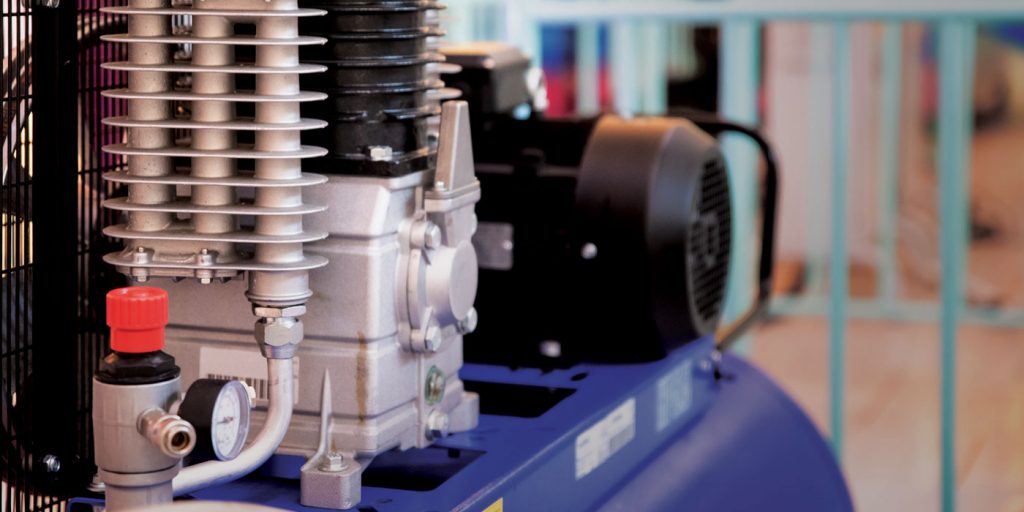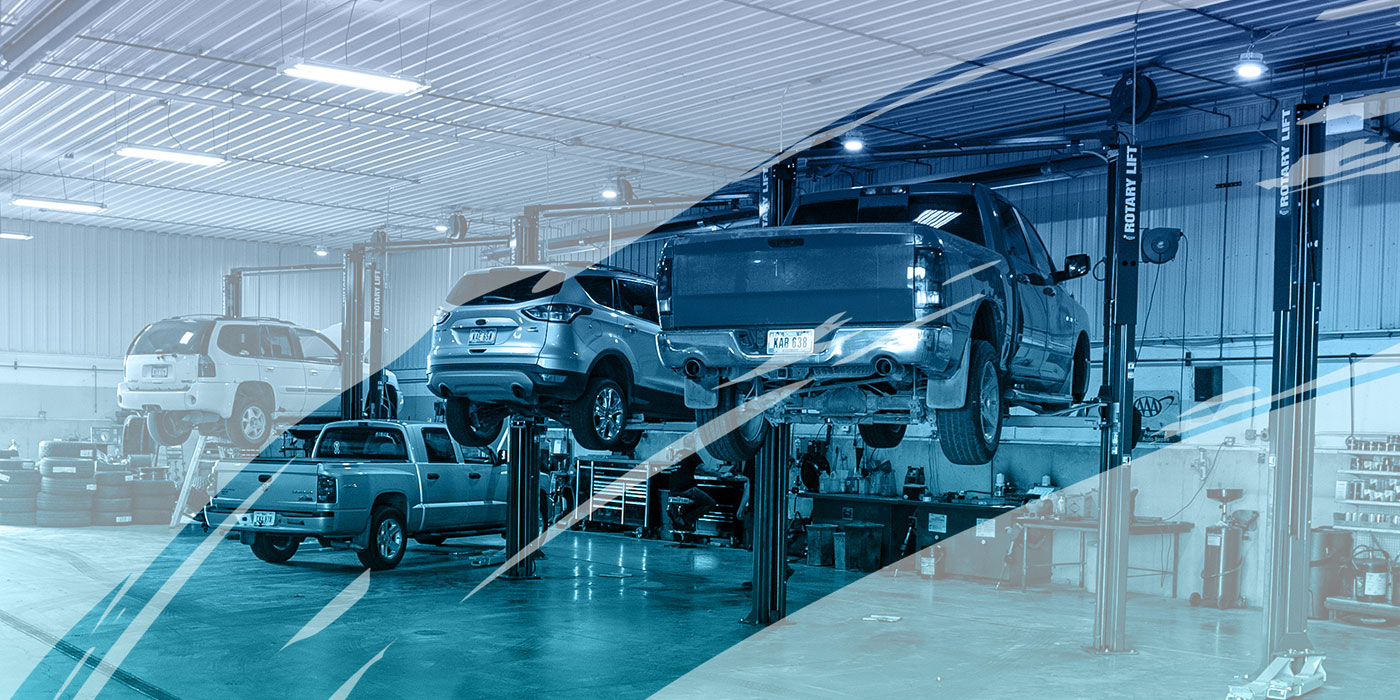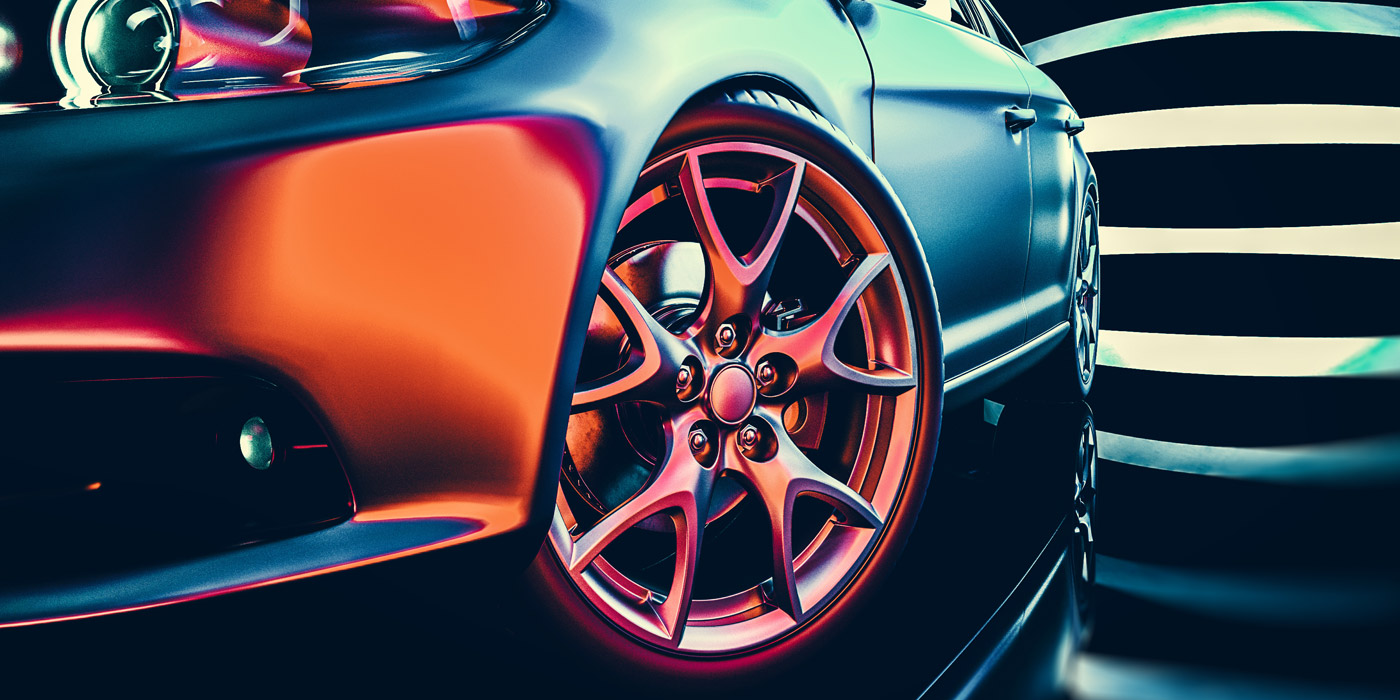If you’re thinking this isn’t the first time we’ve covered air compressors, you’re right. But technology always changes and we like to make sure we stay on top of the major subjects, so we’re circling back to the most common compressor question: what type is best?
When selecting or deciding on a compressor, the answer first and foremost comes down to determining the air demand or duty cycle that would be required of a compressor in your shop. Putting it simply, how big is your shop, how many air tools are in use at one time and what type of air tools are being used? A general automotive repair shop, for example, may use impact wrenches and other air tools on and off during the day for short periods of time, whereas a large autobody repair shop may see almost constant use of air-powered sanders and spray guns throughout the day. These two examples represent completely different air flow demands.
With the air flow demands of your shop in mind, the next step is to understand the primary differences between the two types of compressors, and how duty cycle ties into the picture.
Most reciprocating (piston) compressors are air-cooled and their duty cycles are generally between 50-75%. What this means is that if the duty cycle is 75%, for example, the compressor must be shut off for cooling at least 25% of the time.
“Approximately 2,500 BTU per horsepower is generated when air is compressed,” said Dan Leiss, president of Jenny Products Inc. “Even though they have a fan built into the flywheel to help cool the pump, piston compressors must cool to prevent overheating.”
Rotary compressors are liquid cooled and can run continuously at 100% duty cycle, which would be better suited for a shop with constant, high air demand.
“If they need continuous flows for long stretches of time, a rotary is a strong option,” said Michael Camber, marketing services manager for Kaeser Compressors Inc. “In fact, rotaries thrive in high duty cycle applications.”
The experts agree that piston compressors are more common in general automotive repair shops and smaller tire shops and collision centers.
“The main benefit of the rotary compressor is its ability to run non-stop for long periods without overheating,” Camber said. “Small shops rarely have this need.”
Larger collision centers and large multi-bay service centers, however, are benefitting from the advantages of rotary compressors.
“In a bigger shop, the volume demand is going to be a lot higher, so a rotary would be well suited to handle that,” Leiss said. “Rotary compressors are much more expensive and also require more expensive maintenance, but a big enough shop will determine that the benefits of having that constant air supply will outweigh those costs.”
The overall picture starts to take shape quickly solely based on air demands, but there are additional factors that are very important to consider including air quality, noise, maintenance cost and energy efficiency.
Rotary compressors weigh in with much quieter operation and less vibration, but what about energy efficiency? A rotary is much more efficient in terms of flow per kilowatt, so if your compressor will run a lot of hours, this could translate to a considerably lower power bill. But one advantage of piston compressors is that they only use energy when they are running.
“Rotary compressors are designed to run continuously, even when they’re not compressing air,” Leiss said. “Granted, some rotary compressors automatically go into standby mode after idling for five or 10 minutes; nonetheless, that’s still five or 10 minutes of wasted energy, which can significantly impact the electric bill.”
Electrical use must be factored in, it’s not so cut-and-dry. And speaking of dry, rotary compressors run cooler so they pass less oil into the air and it’s easier to dry the air. On the flip side, the maintenance on a piston compressor is much simpler.
“As long as the operator regularly changes the air filter and pump oil, a piston compressor is likely to provide years of trouble-free service,” Leiss said.
Rotary compressors have more maintenance points and higher annual maintenance costs, even if they are not run much.
“Under-loaded rotaries may need more frequent oil changes to remove moisture contaminated fluids,” Camber said. “Rotary compressors hold more fluid and those fluids are more expensive.”
Noise is one of the common complaints about piston compressors, and a compressor room is a common solution to the problem, but it must be carefully considered.
“Heat kills compressors,” Camber said. “Lubrication helps control temperature on the inside. Ventilation does the same from the outside. Lubricant levels need to be checked and the fluid should be replaced. Like engine oil, it breaks down over time, especially in hot conditions. It can be a vicious cycle. Compressor rooms should allow for good air flow and coolers kept free of dirt and dust.”
There’s a lot to consider, and price is an important factor.
“Reciprocating piston compressors are always going to fit the bill for certain operations because they have a much lower purchase price than comparable rotary compressors,” Leiss said. “That’s because piston compressors have a very simple design. An electric motor turns the pump, and that’s about all there is to it. On the other hand, rotary compressors are equipped with additional components, such as a liquid cooling system and air/oil separator, that makes them more expensive. Depending on budget, this could be a big influence on the decision.”
Rotary compressors get the most attention as having the latest technology, and piston compressors are generally considered a mature product, in other words, they retain the same basic design and operating principles that they have for decades. But, if a piston compressor is the type that will suit you best, be sure to remember that there are a lot of units available, so don’t overlook quality and durability. Some common durability features of new piston compressors include heavy-duty cast-iron compressor pumps, ASME-certified tanks, large canister intake filters with replaceable filter elements and a pressure-relief safety valve, large flywheels for extra cooling and easier startup and thermal-overload protection to save the motor from overheating by preventing it from drawing too much current.
So you’ve got the facts and heard what the experts have to say. You’ll have to do your homework, but you’ll benefit in the long run, then you can make the call.














